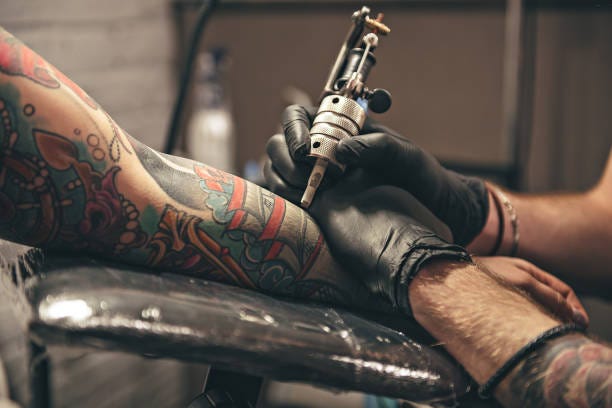Is Tattoo Ink Safe? Understanding Risks and Safety Measures
Written on
Chapter 1: The Significance of Tattoos
Tattoos have served as a medium of self-expression and artistry for countless generations. Individuals opt for tattoos for various motivations, including personal significance, cultural heritage, and aesthetic appeal. As tattoos gain popularity, concerns about the safety of tattoo ink have emerged. This article seeks to uncover whether tattoo ink poses any dangers and highlights essential considerations before getting inked.
Section 1.1: Composition of Tattoo Ink
Tattoo ink is formulated from a blend of pigments, carriers, and preservatives. The pigments deliver color, while carriers ensure even distribution within the skin, and preservatives inhibit bacterial growth. The FDA regulates tattoo ink as a cosmetic product, subjecting it to the same standards as other cosmetics like makeup and hair dye.
Section 1.2: Assessing the Safety of Tattoo Ink
The debate surrounding the safety of tattoo ink has persisted for years, with some asserting that it may be toxic and lead to health complications. Nevertheless, a significant body of evidence indicates that tattoo ink is generally safe for use. Studies by the FDA have shown that most tattoo inks meet safety standards. However, there have been documented instances of adverse reactions, including skin irritations, infections, and allergic responses.
Subsection 1.2.1: Potential Risks of Tattoo Ink
One of the primary concerns associated with tattoo ink is the potential for infection. If proper sterilization practices are not adhered to by the tattoo artist, there is a risk of contracting bloodborne illnesses like hepatitis B, hepatitis C, or HIV. To mitigate this risk, it is crucial to select a reputable tattoo artist who employs sterile tools and maintains good hygiene.
Another significant risk is the possibility of an allergic reaction to the ink. Some individuals might experience allergies that result in itching, redness, and swelling. In severe cases, it may necessitate tattoo removal. To lessen the likelihood of an allergic response, it is advisable to choose a trustworthy tattoo artist who utilizes high-quality ink and to conduct a patch test before proceeding with the tattoo.

Chapter 2: Ensuring Safe Tattooing Practices
This video, titled "Tattoo Ink: Is it Safe or Dangerous?" dives into the ongoing debate regarding the safety of tattoo inks, offering insights from experts and real-life experiences.
To further understand the implications of tattoo inks, you can watch the following video.
The second video, "Tattoo Inks, Cancer and Other Chronic Diseases: Gaps in research and regulation," explores the existing research gaps and regulatory issues concerning tattoo inks and their potential health risks.
As noted by tattoo artist Henry Lewis, “A tattoo is forever, so ensure you do your homework and select a reputable artist who uses quality ink and properly sterilizes their tools.”
In conclusion, while tattoo ink is not inherently hazardous, being aware of the associated risks is essential. By opting for a skilled tattoo artist, adhering to hygiene practices, and testing for allergies, you can minimize potential negative reactions and safely enjoy your tattoo experience. Thank you for reading! For more insightful content, feel free to explore my other articles.